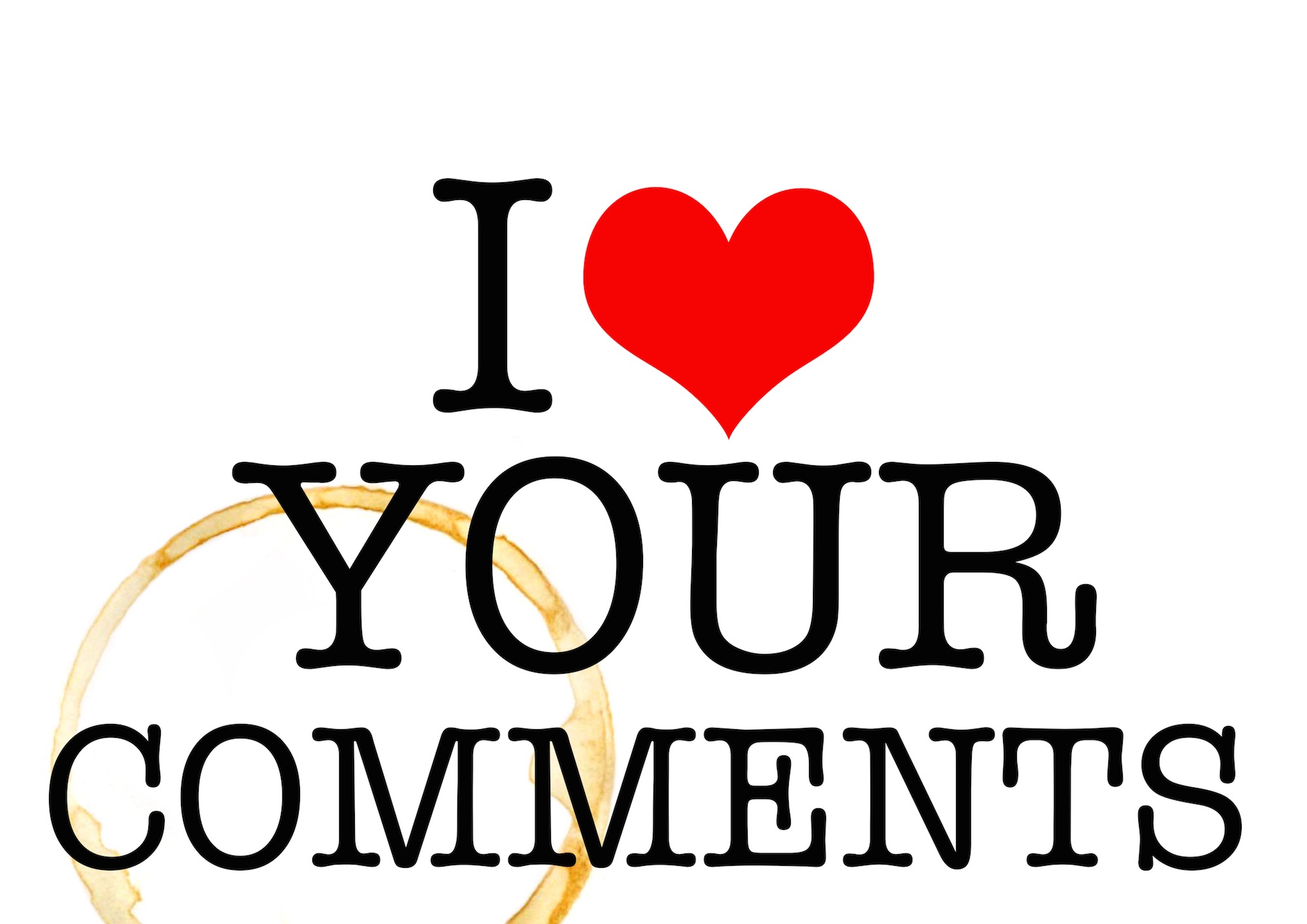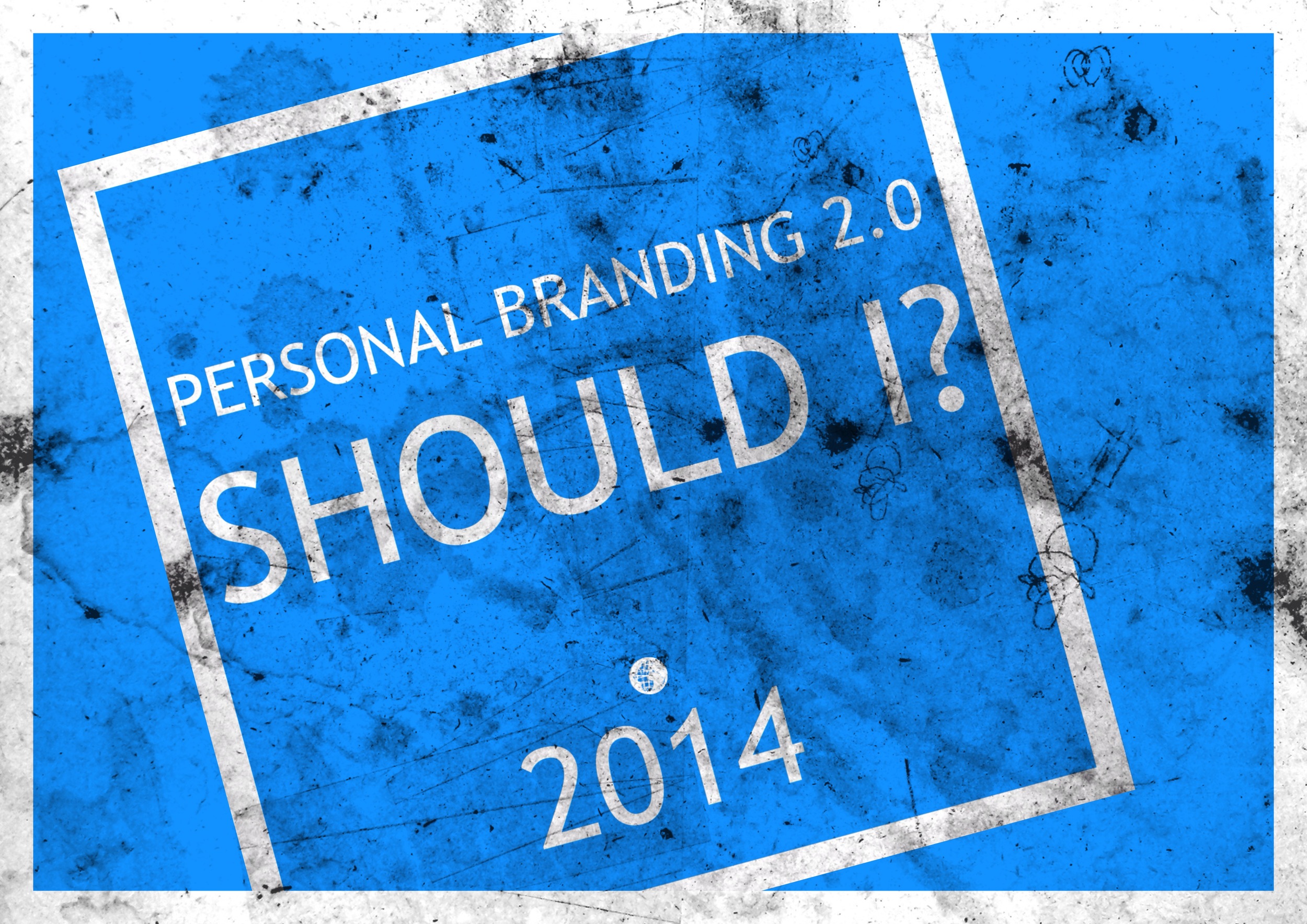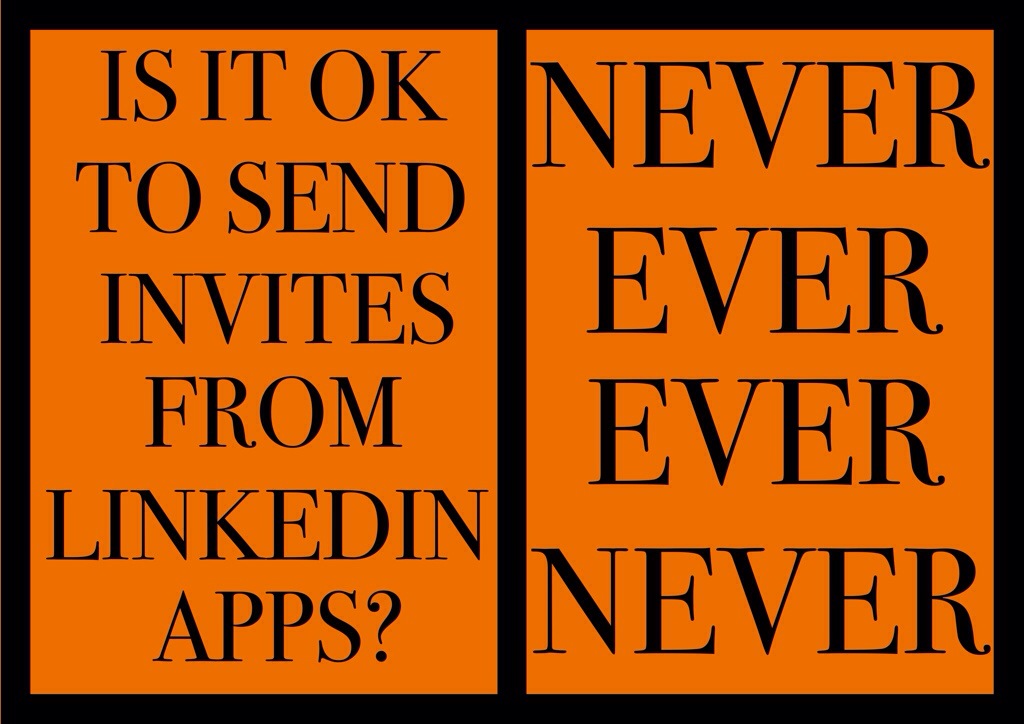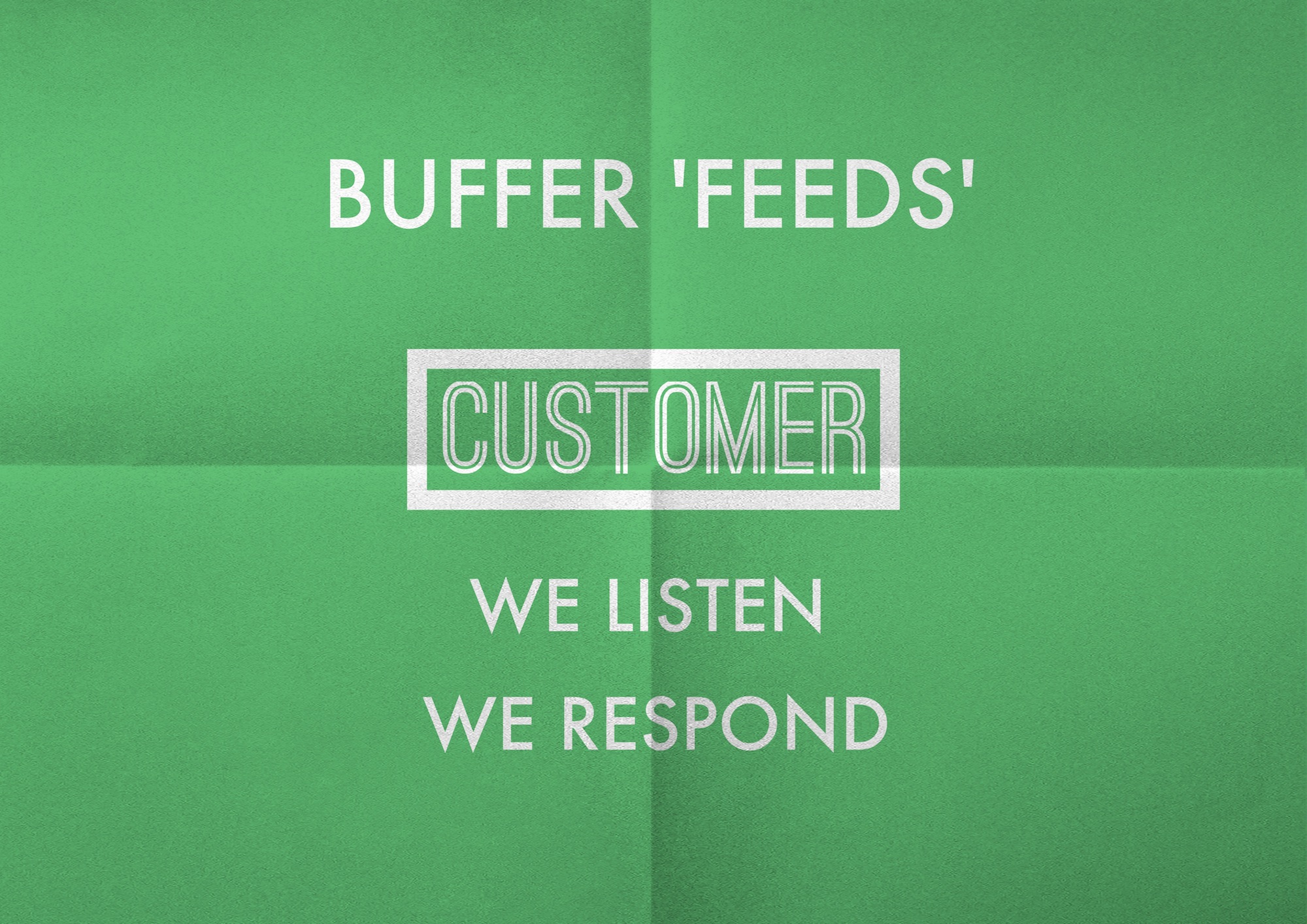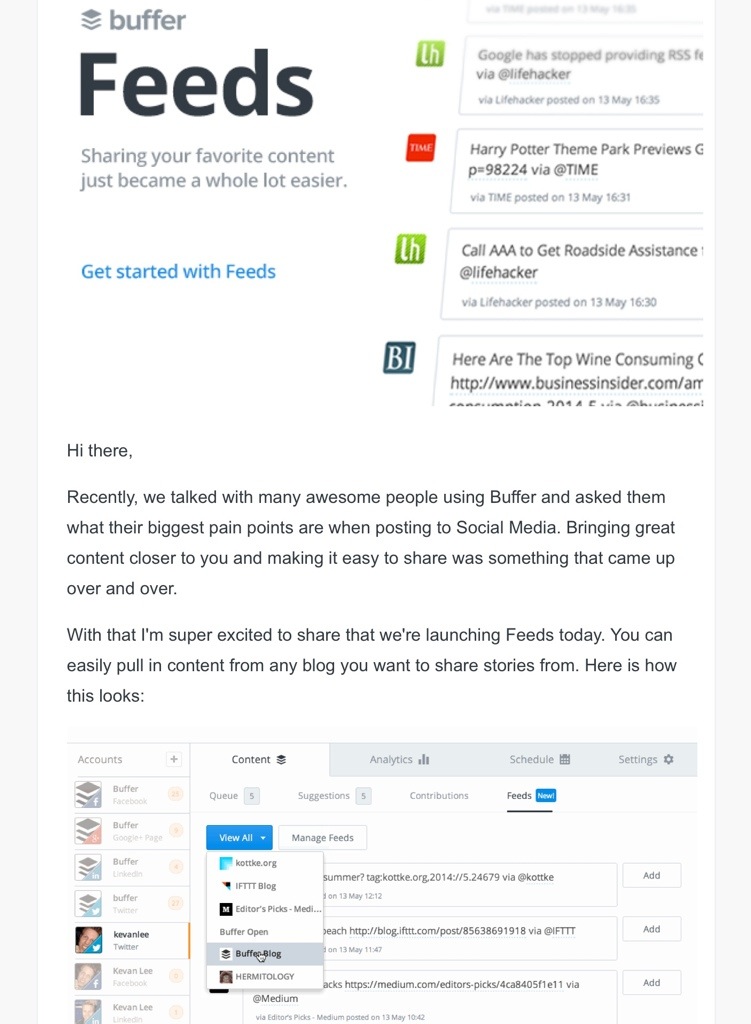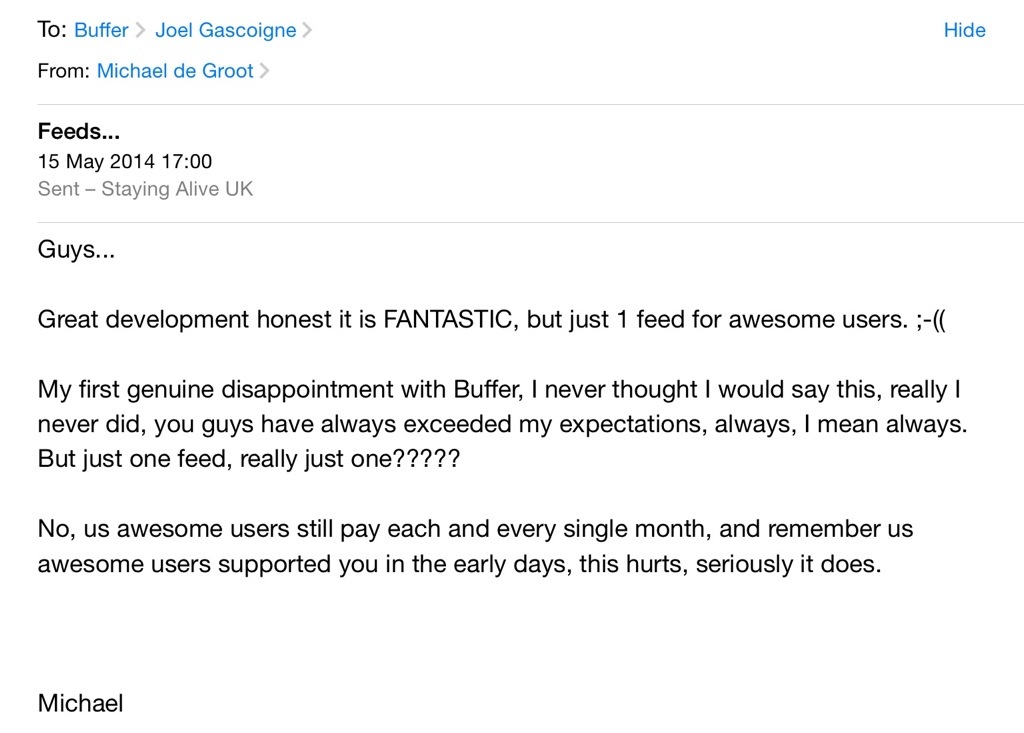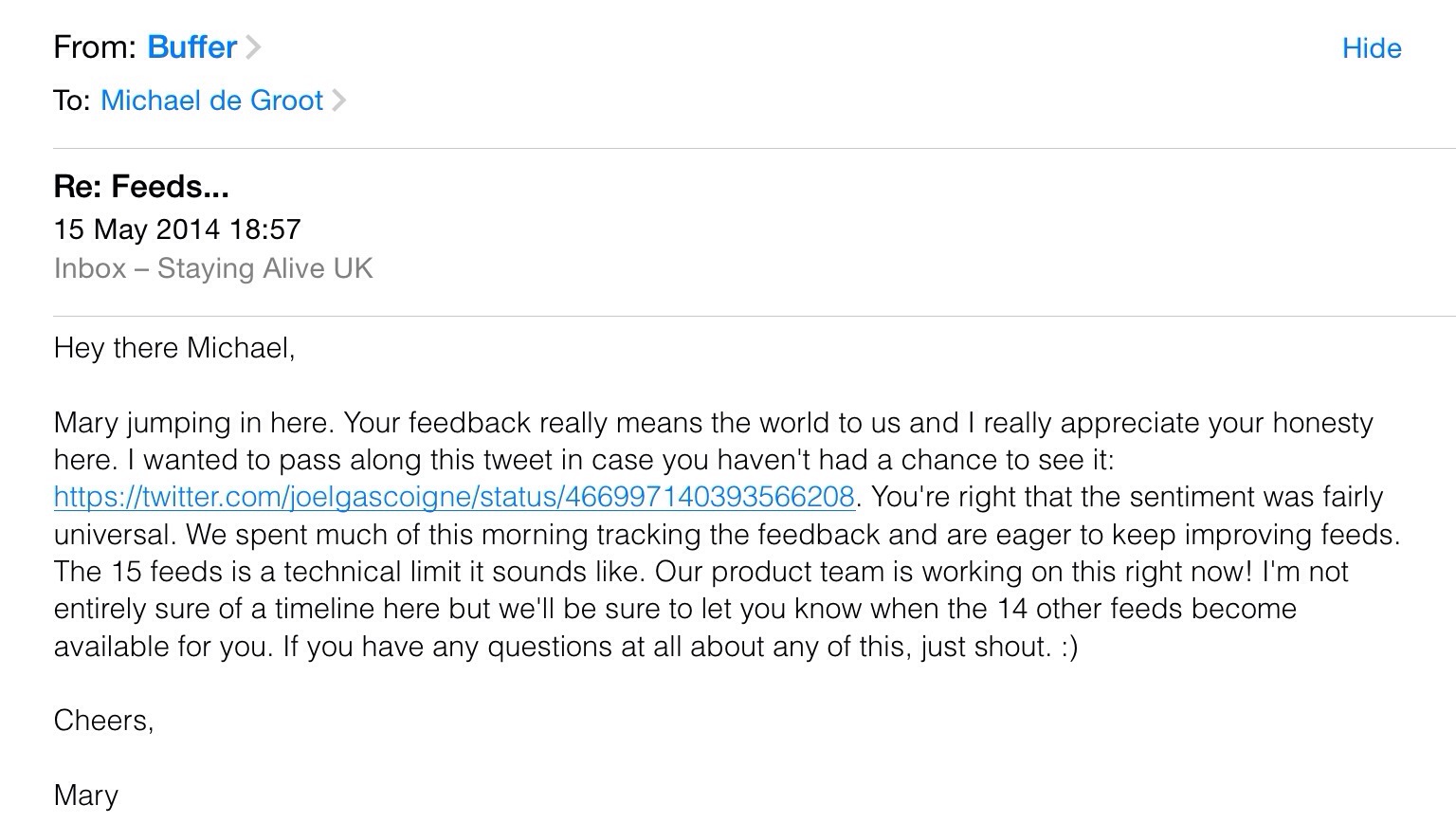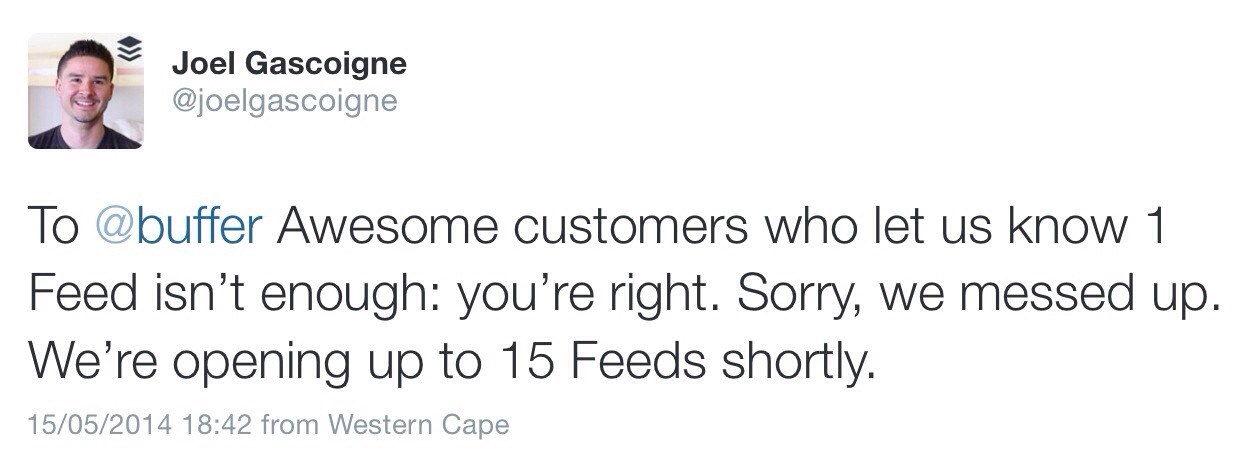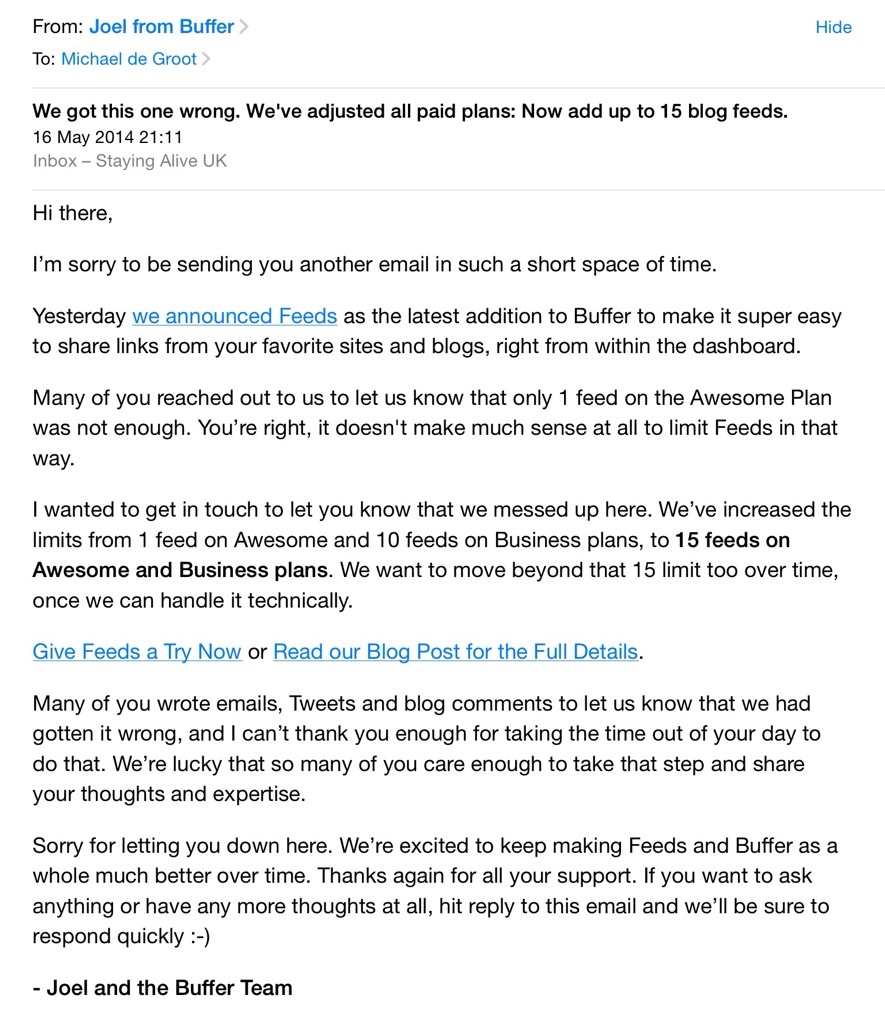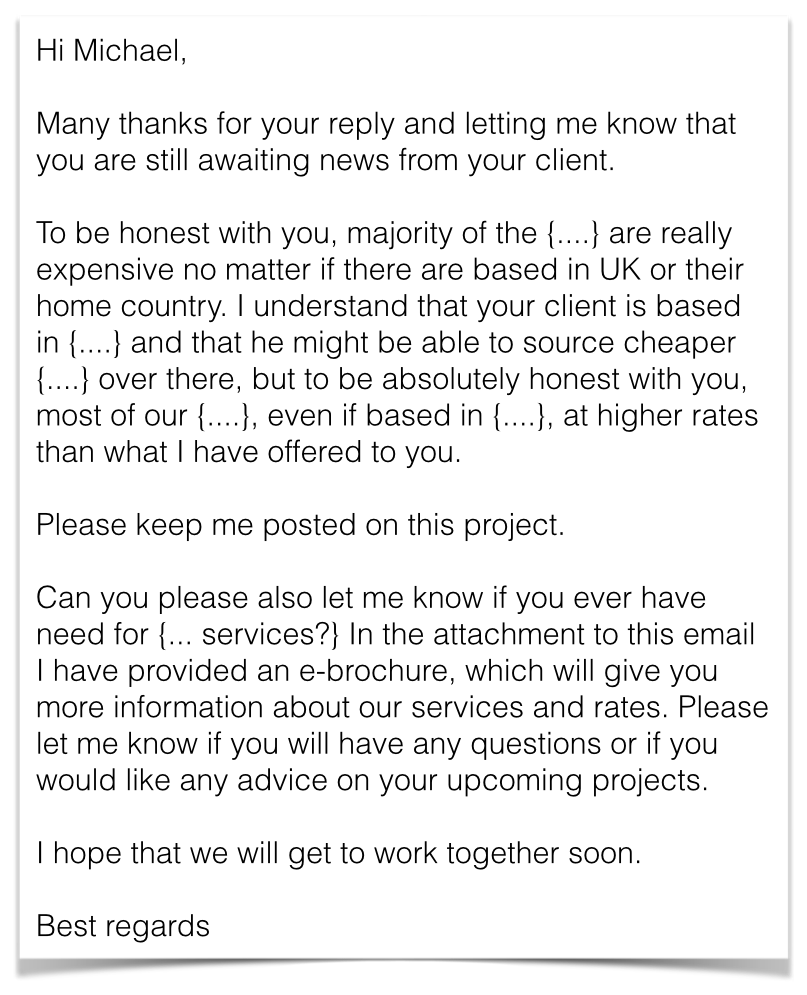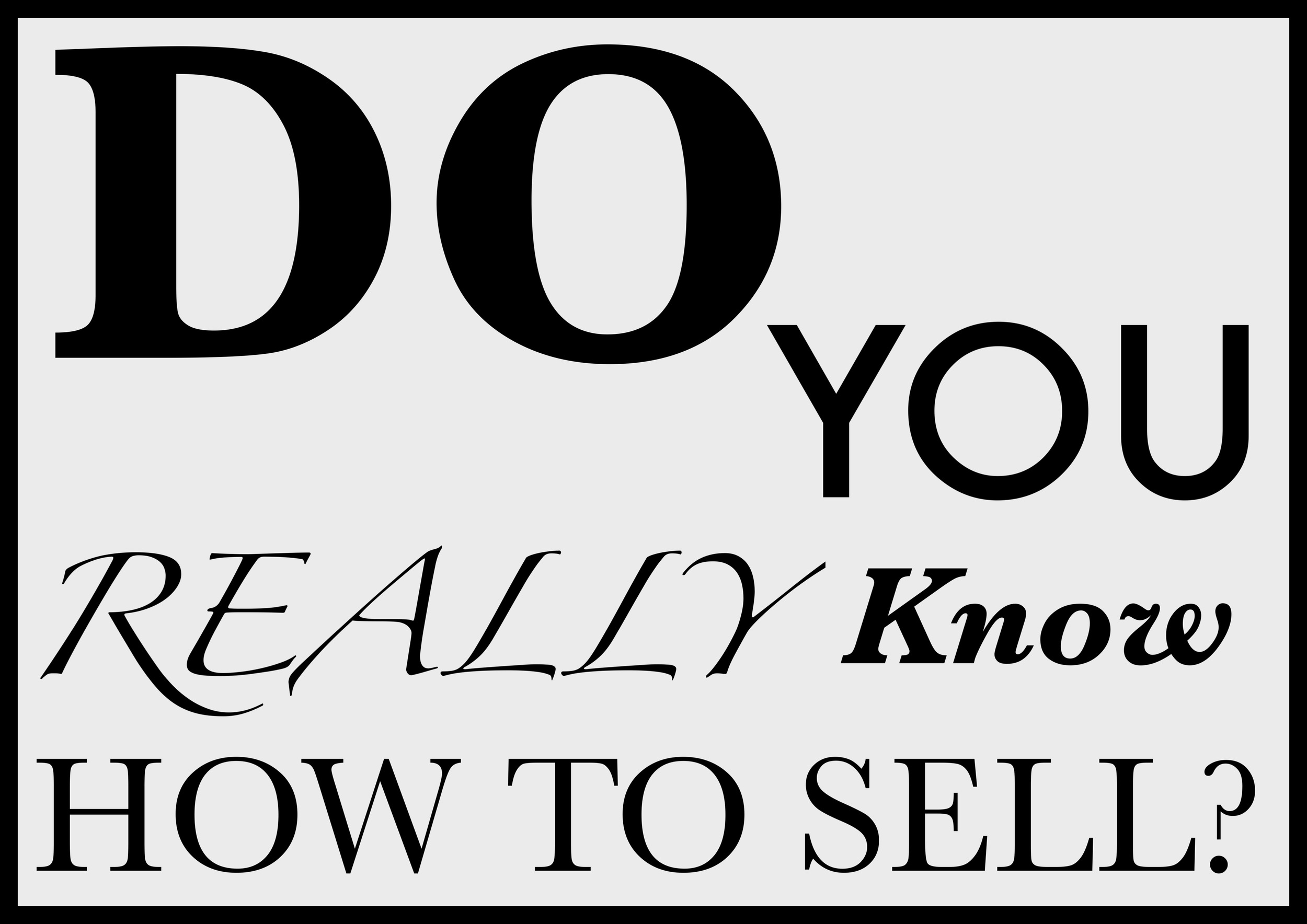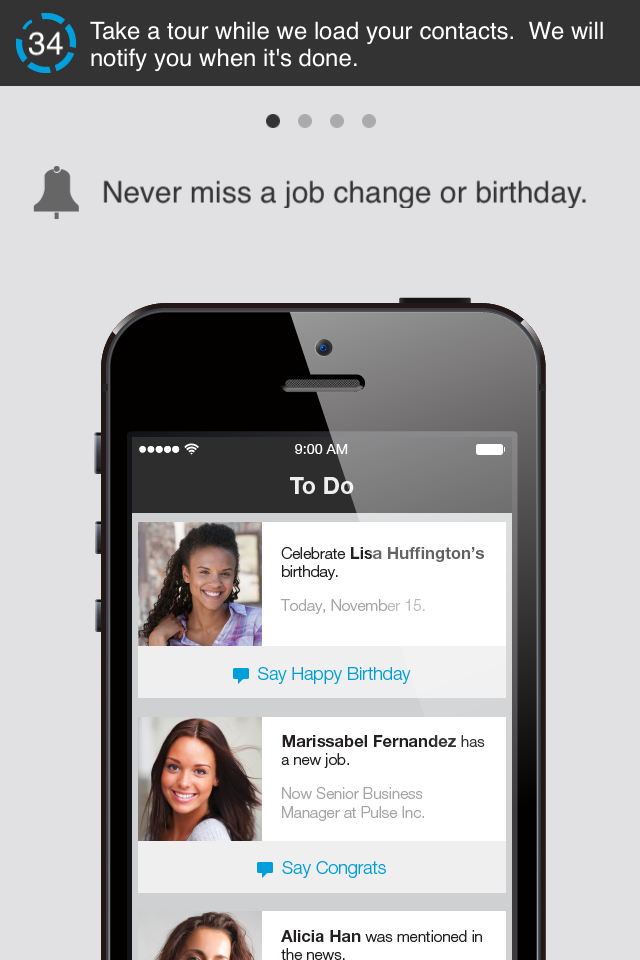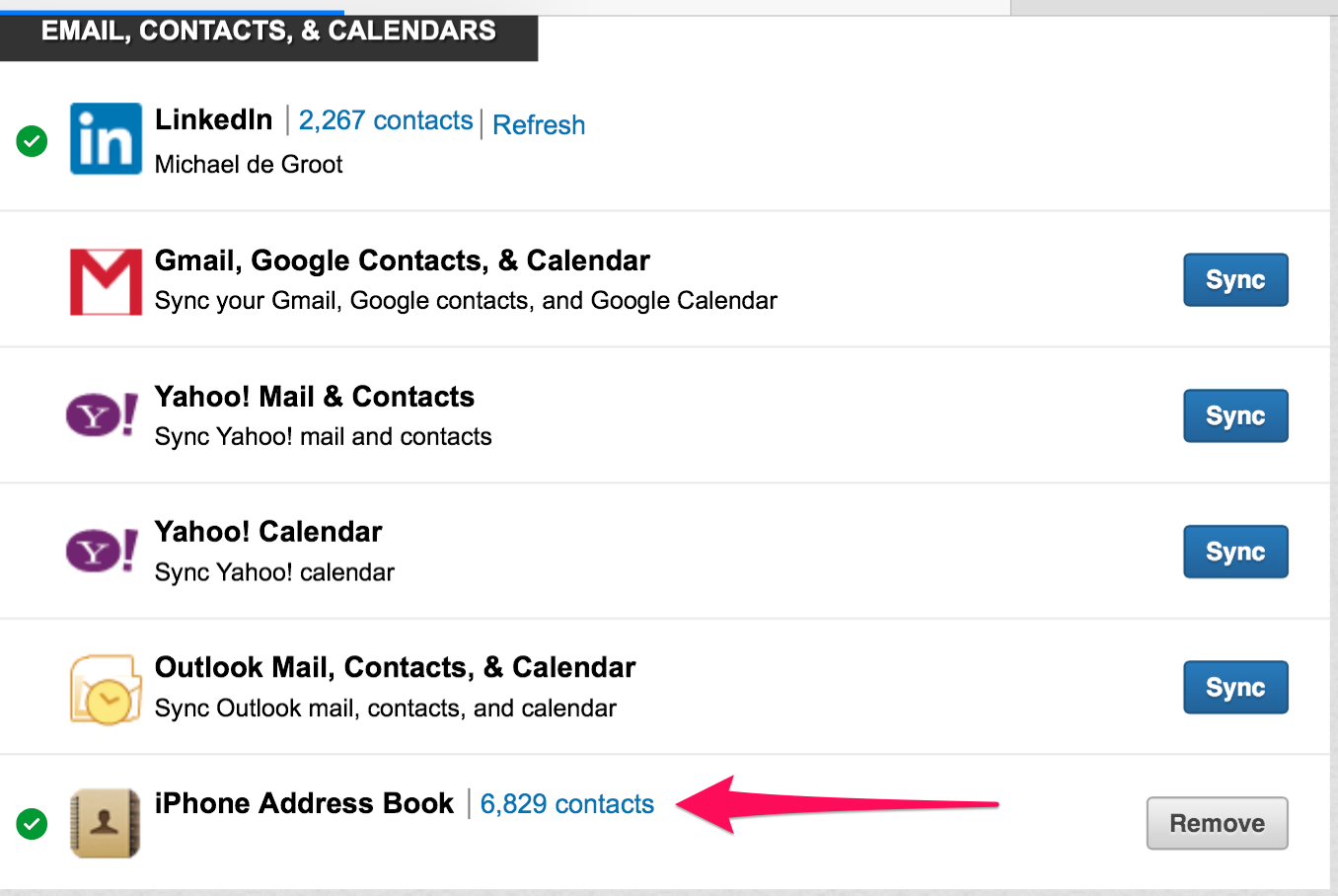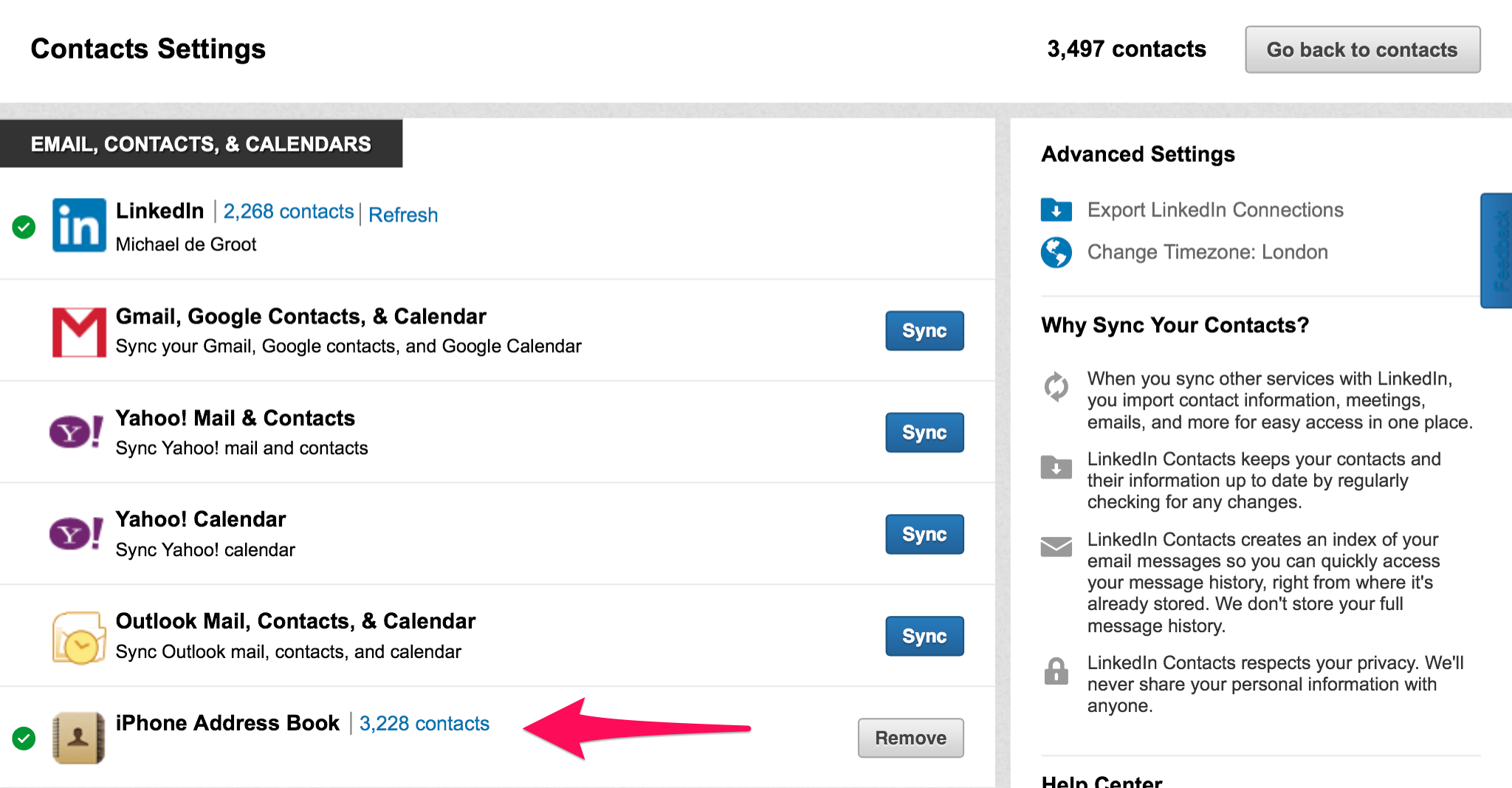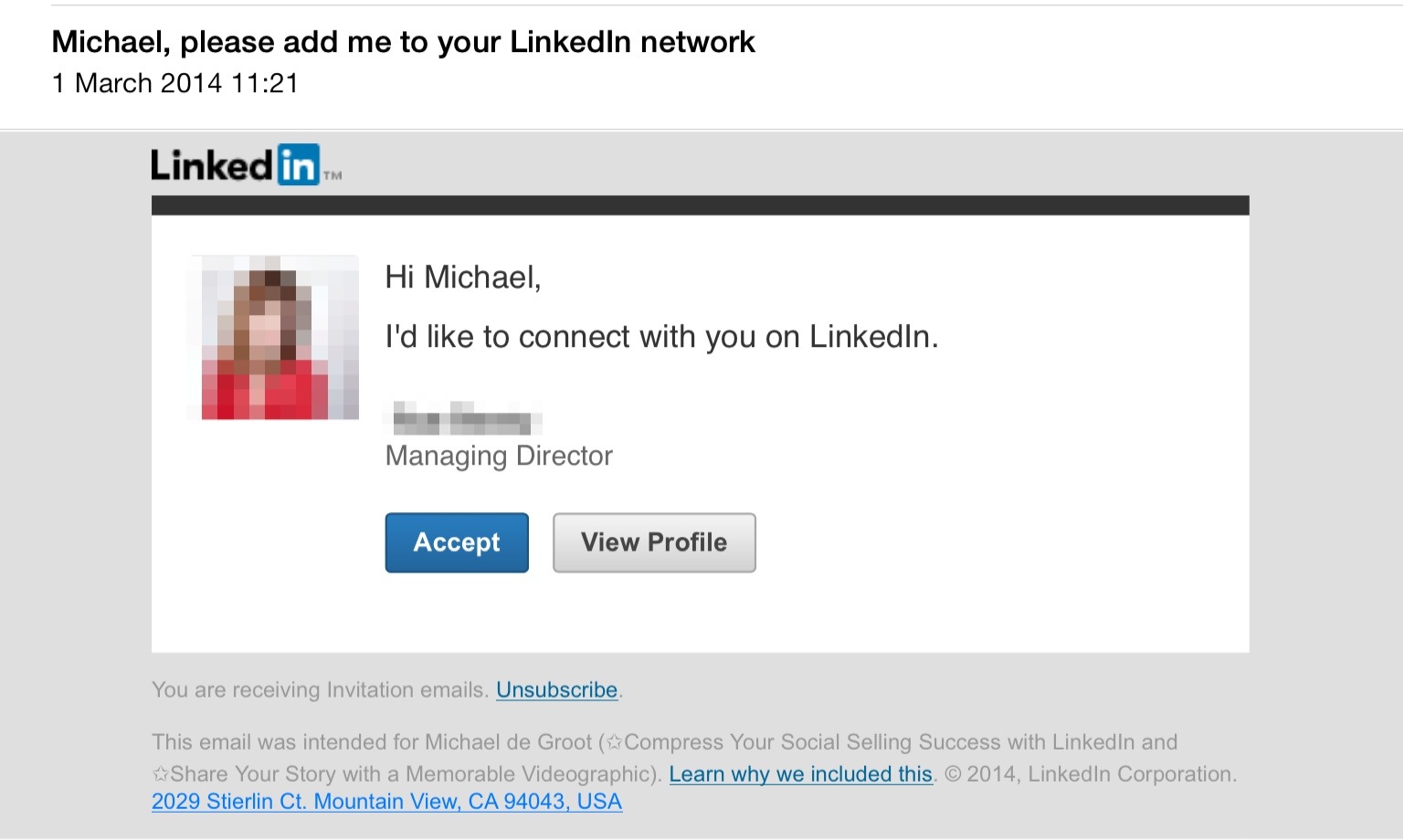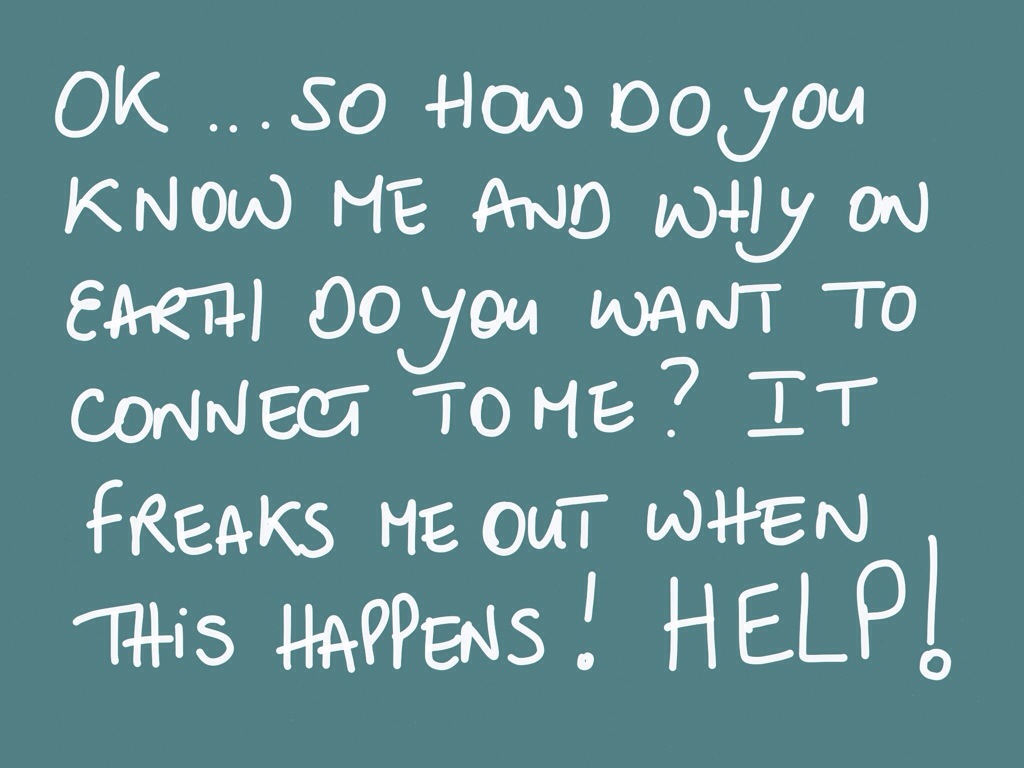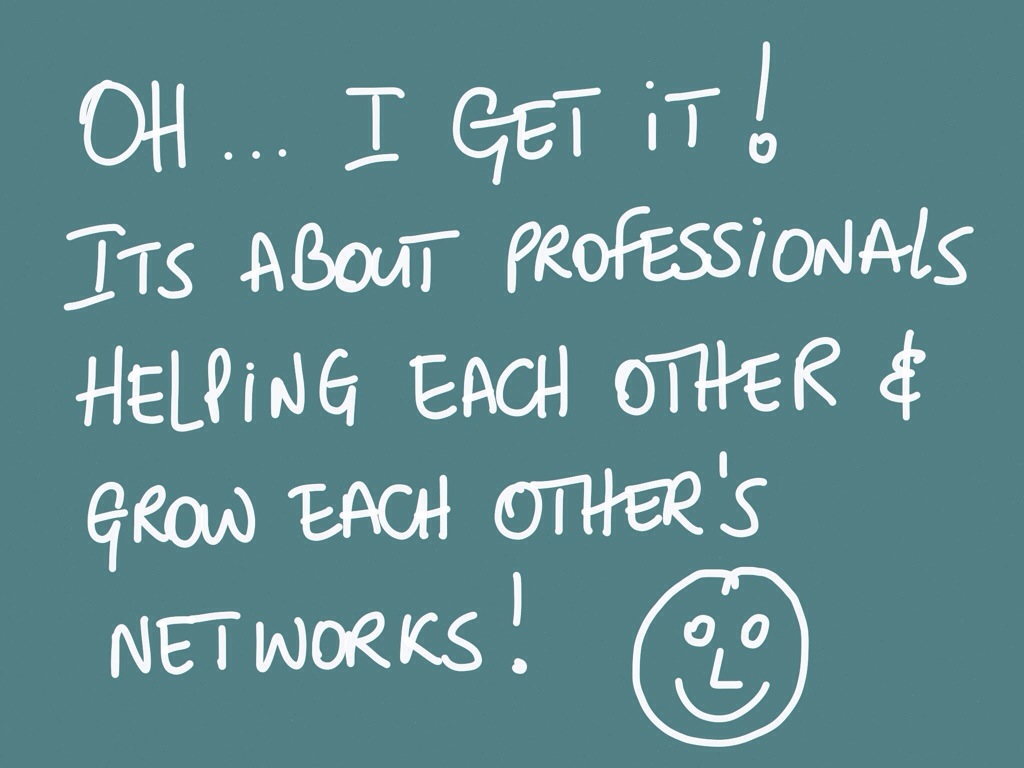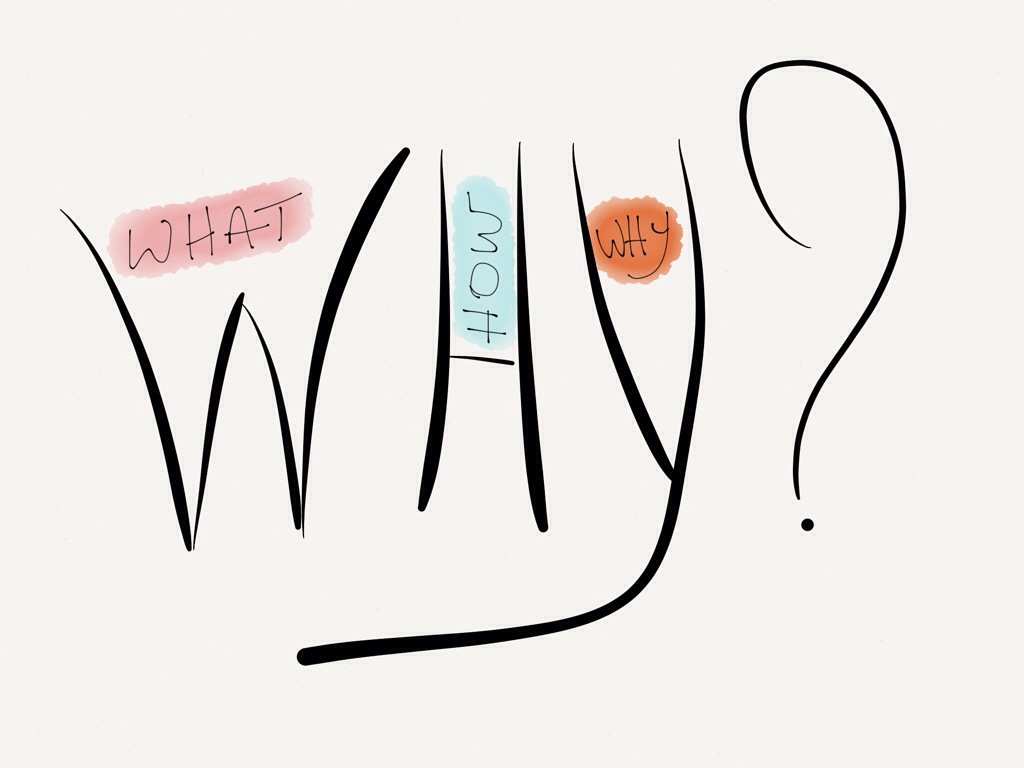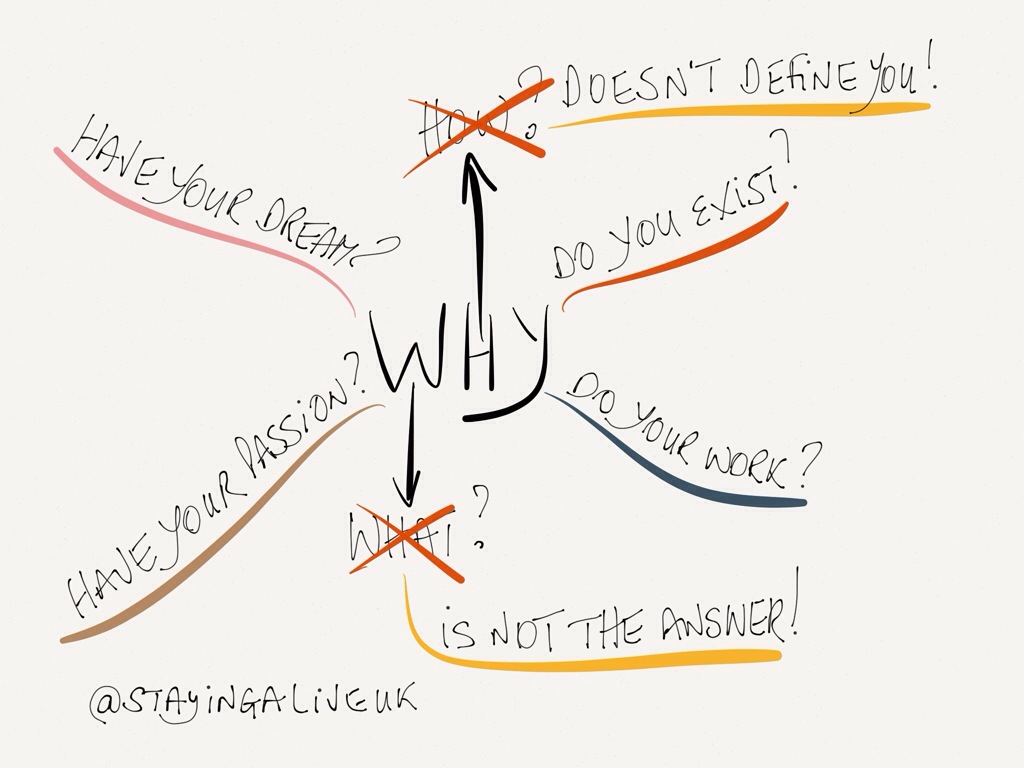Normally we associate SAD with ’Seasonal Affective Disorder’ and after all currently it is Winter in the Northern Hemisphere and quite a few of us will be suffering with this. Thankfully we have passed the shortest day, so Spring will be here soon.
I feel it’s time to declare SAD in a different context. Let me explain.
I have been active on Social Media for about 7+ years starting with Facebook. In those early days I was very much an early adopter and had no idea how this new phenomenon would become so popular. I've seen many non-believers become very active on Social Media, well done to them.
In the past year I have been noticing an unwelcome side-effect of Social Media, where many have become very over active. All the Social Networks offer something slightly different for the user, but the one thing they all have in common is the ability to post updates.
I remember in the early years when business people used to regularly condemn Facebook and Twitter by saying; ’I have no interest in knowing what you've had for lunch!’
After the lunch posts started to decline, the cat pictures started and the rest is history.
In general posts are more interesting and of some value at times. I know that only a tiny fraction of the posts we publish get noticed. I liken it to the falling tree in the forest. If nobody is in the forest then nobody knows that the tree fell over. Exactly the same happens when you post many updates at the wrong times and nobody will see them.
Many people have decided to combat the falling tree by over-posting and this is where it can be a massive turn-off.
My new SAD = ’Social-Media Activity Disorder’.
Do you recognise any of this in your own activity?
Have you noticed SAD in your own connections?
I'd love to hear about your own experiences.
By the way, the solution is Buffer. By using this very intelligent piece of software you can schedule and drip feed regular and timely posts to all your networks without being SAD.



















